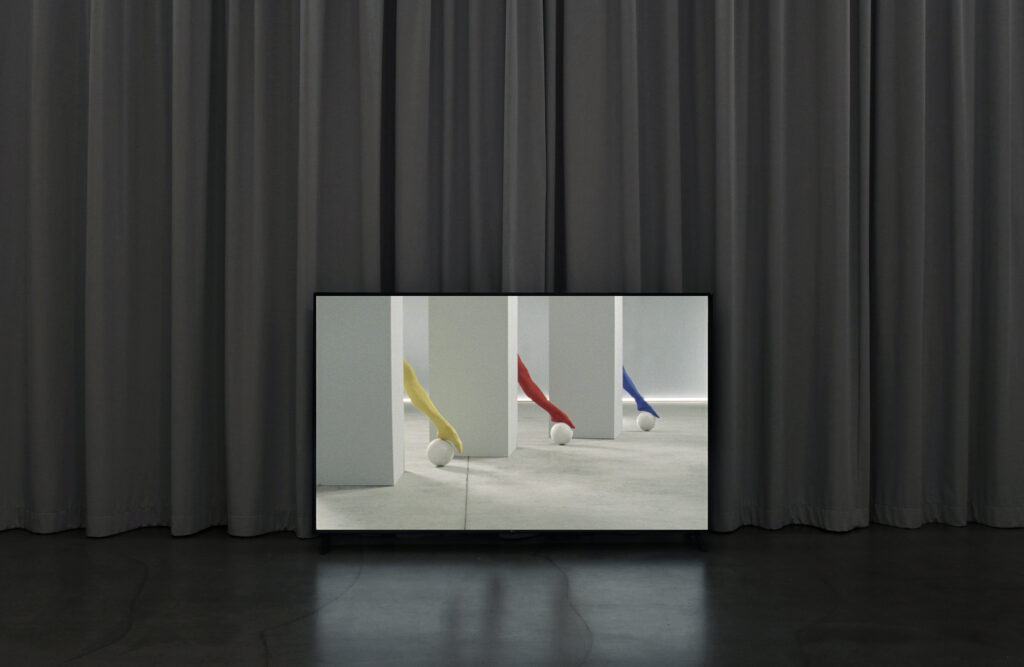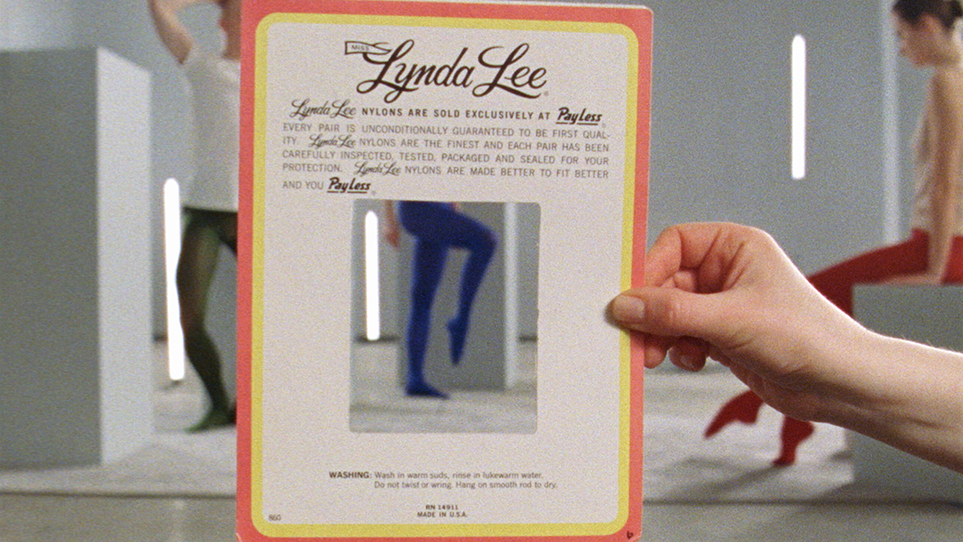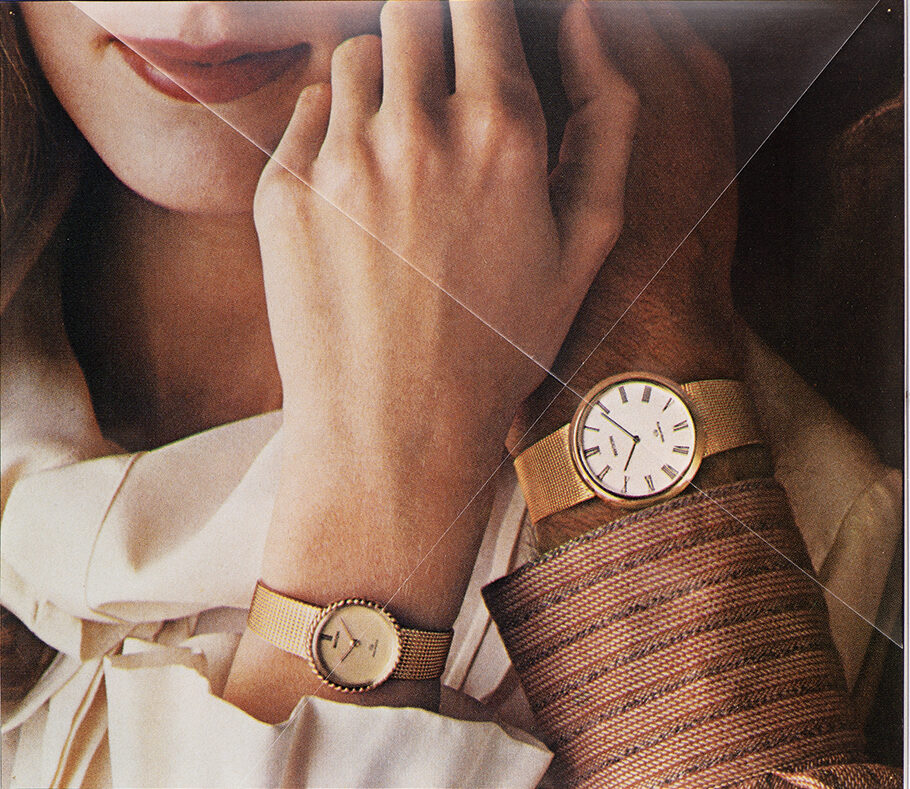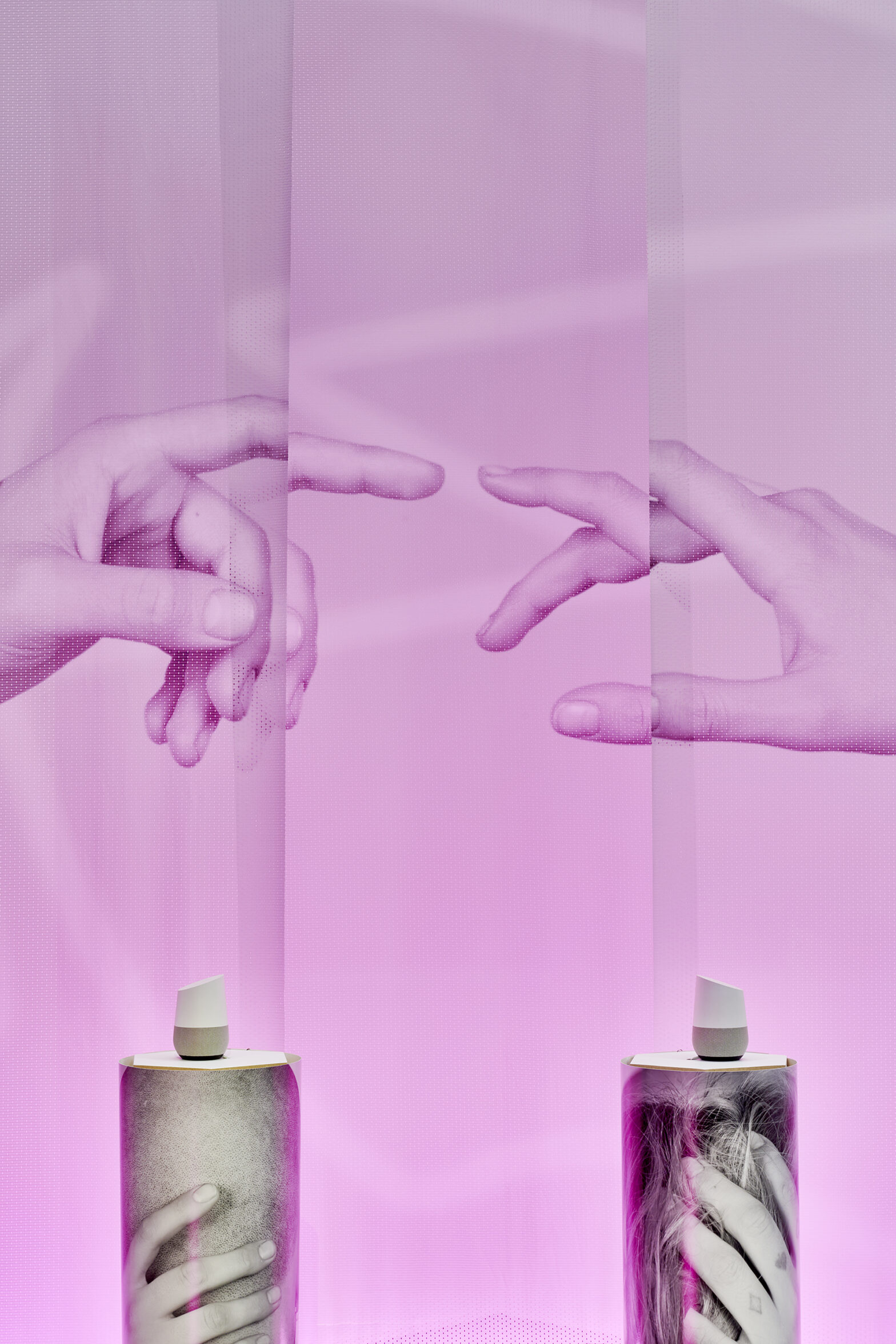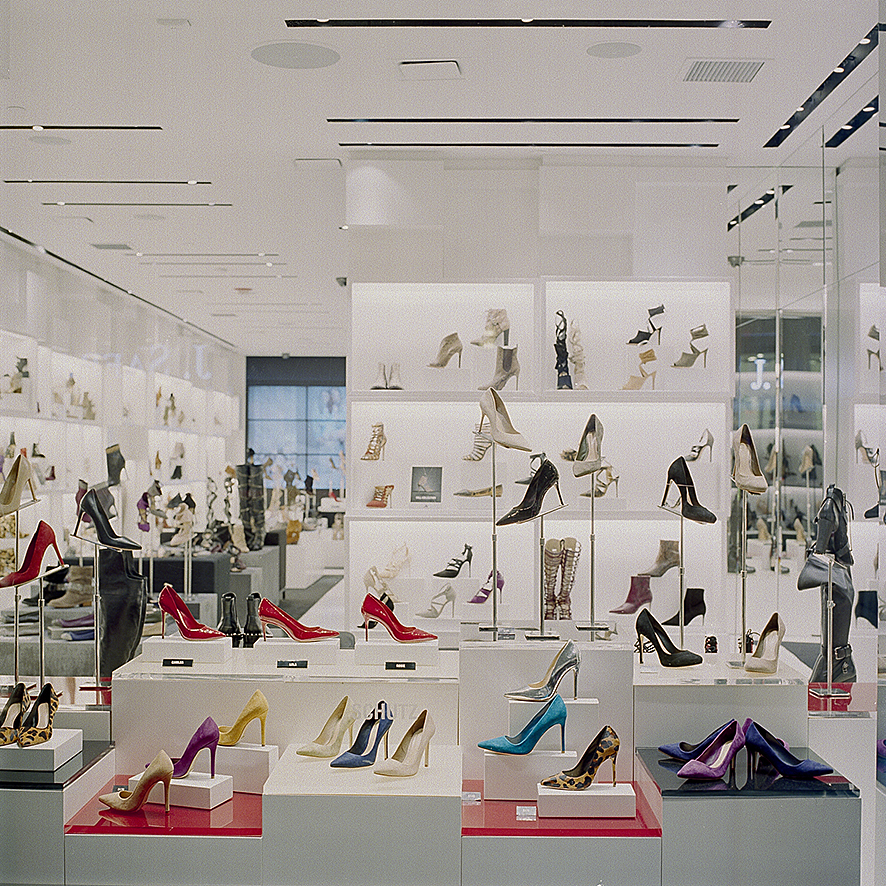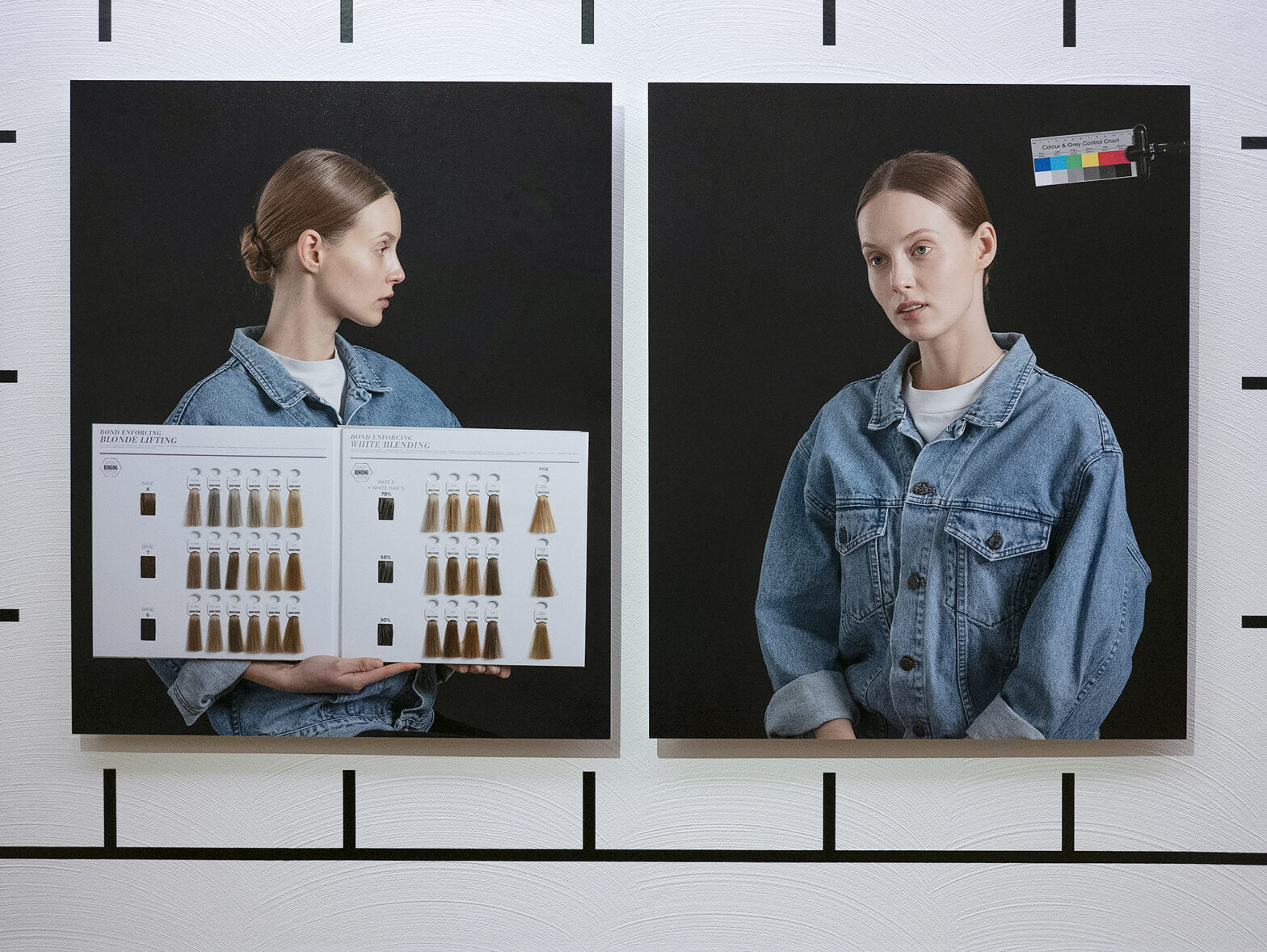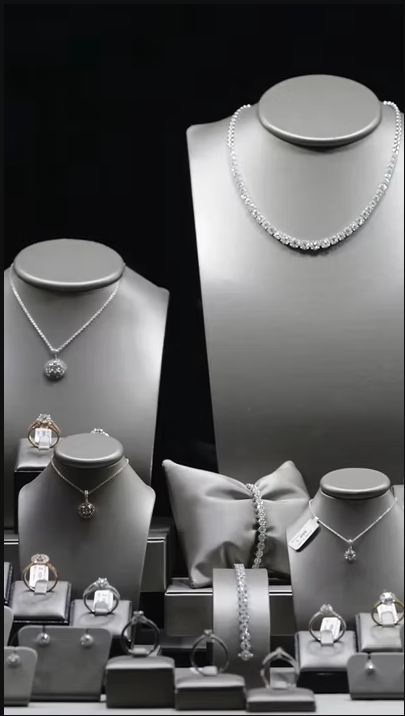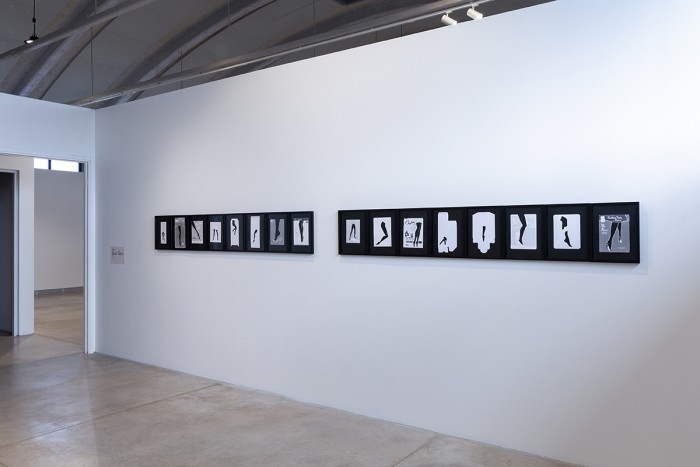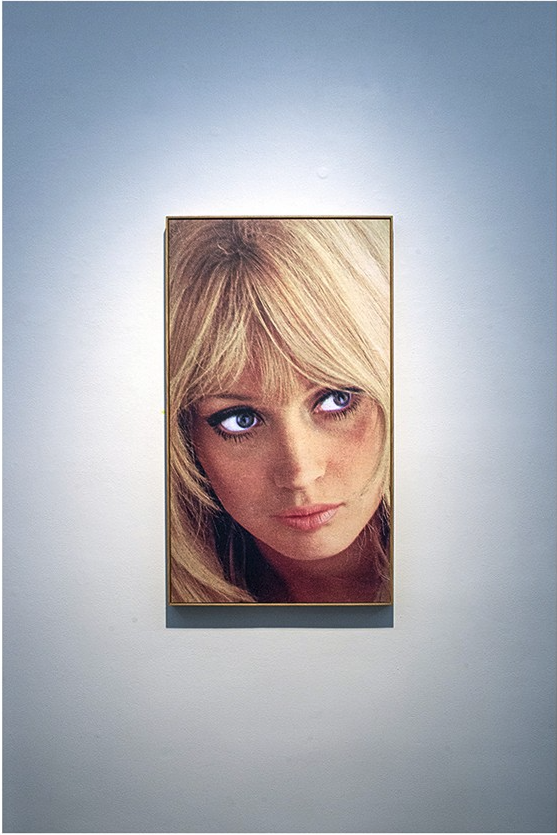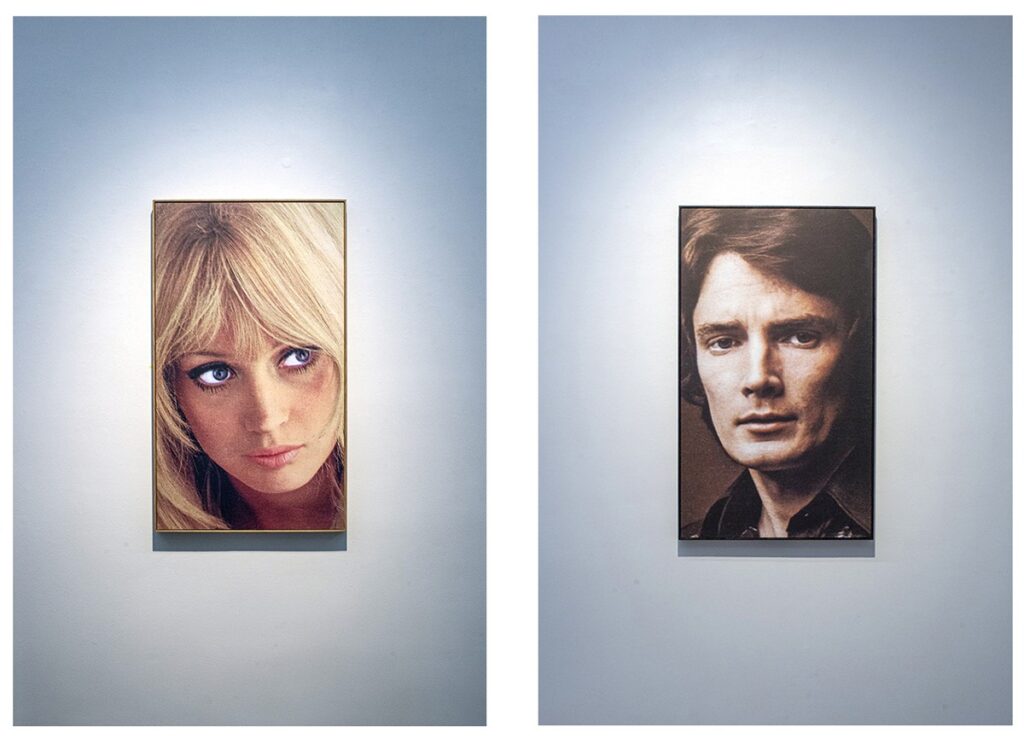The work was commissioned for the permanent exhibition Landscapes of Identity: Estonian Art 1700–1945, at Kumu Art Museum, which focuses on the role of art in society and in shaping the identities of diverse communities.
Blonde comments on the predominance of blonde, blue-eyed women in the visual culture of 1930s Estonia. On the one hand, this tradition goes back to the drawings of fair-haired Estonians by nineteenth-century artists and ethnographers; on the other hand, the tastes and preferences of the time were swayed by Hollywood with its platinum blonde actresses, especially Jean Harlow, who often featured in local newspapers.
Fair-haired and blue-eyed girls in traditional dress are portrayed in several pastels by painter Ants Laikmaa (1866–1942). In a way, these pictures bear a resemblance to the style common in the German art of the period, idealising rural lifestyle and racial purity.The central feature of the work is a double portrait of a young woman that is exhibited next to Ants Laikmaa’s pastel from 1937. The photographic diptych depicts the woman in profile as well as in three-quarter profile, a format inspired by nineteenth-century anthropological portraits and Kodak’s “Shirley Card” used in photo labs to calibrate skin tones during the printing process. Until the 1980s, films were calibrated against photos of light-skinned models, so that with darker skin colours, it was difficult to get the tone right. The added graphic elements—colour charts used in photography and beauty salons, a Munsell Soil Colour Chart, and hair dyeing instructions—highlight the important role that colour and calibrating systems play in the visual representation of people and, consequently, in shaping identities.
